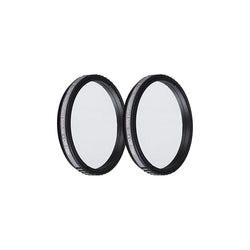Triple APOD - September 17, 2024: Elephant's Trunk in Hubble Pallette by Robert Frerichs
The Hubble palette is a false-colour image processing technique designed to enhance and highlight the different regions of star formation within emission nebulae, made popular by the Hubble Space Telescope's frequent use of the distinct look. The technique involves assigning the otherwise monochrome data collected with the Sulphur-ii to the red channel in an image, the Hydrogen alpha filter's data to green, and Oxygen-iii to blue. After the channel's intensities are equalized, and a bit more delicate processing to highlight differences in colour, the famous blue and gold colour scheme is the result.
Hubble palette images were often restricted only to those with monochrome cameras, as using individual narrowband filters on top of a colour camera with a Bayer matrix filter array is incredibly inefficient. However, the recent rise in popularity of dual-band filters that pass the Sulphur-ii and Oxygen-iii wavelengths, most notably from Askar and Antlia (we carry both!) have made Hubble palette imaging much more efficient for those with DSLRs and one-shot colour cameras when used in conjunction with the standard Hydrogen-Oxygen dual band filters already available.
Telescope: SkyWatcher Esprit 100
Mount: Skywatcher EQ6-R with ASIAIR Plus
Camera: ZWO 2600MC
Filters: Antlia Dual-band (HaOIII 5nm) - 64 frames x 180 seconds; Askar D2 dual-band (S2OIII) - 59 frames x 180 sec; no filter for RGB stars - 10 frames x 180 seconds
Processed with Pixinsight and Affinity Photo
Related Products
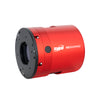
ZWO ASI2600MC Pro USB 3.0 Colour Cooled Ca...
These are extraordinary cameras. Incredible detail and sensitivity combined with huge sensors result in gorgeous wide-field images. They also work ...
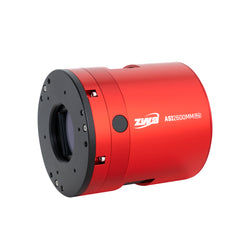
ZWO ASI2600MC Pro USB 3.0 Colour Cooled Camera (ASI2600MC-P25)

Antlia ALP-T Dual Band 5nm Ha&OIII Golden ...
Filter technology continues to advance and deliver better results in your astrophotography. Antlia has you covered with this premium dual band filt...

Antlia ALP-T Dual Band 5nm Ha&OIII Golden 2" Filter (ALP-T-2)

ZWO ASIAIR PLUS 256GB (ZWO-AIRPLUS-256)
You may have heard of the ASIAir, but if you haven't, it's a groundbreaking device that drastically simplifies astrophotography. This will allow y...
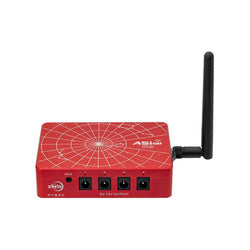
ZWO ASIAIR PLUS 256GB (ZWO-AIRPLUS-256)
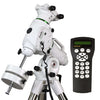
SkyWatcher EQ6-R Pro Mount (S30300)
The three most important pieces of kit in astrophtography are mount, mount, mount and these are incredible mounts. Proven over years of real world ...

SkyWatcher EQ6-R Pro Mount (S30300)

Sky-Watcher Esprit 100ED Super APO Triplet...
Premium apochromatic refractors are something special. You'll get stunning views and mind-blowing images out of this superb triplet refractor. The ...





